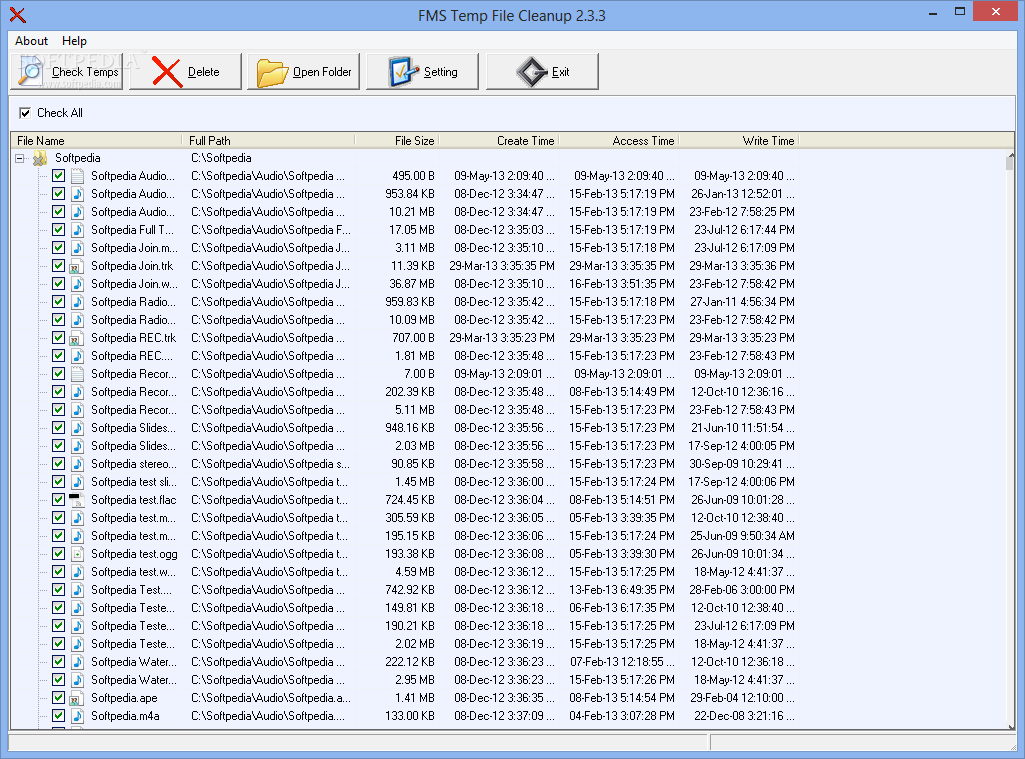

You can also use cleanmgr /d C command to automatically scan the C drive.ġ.4. Enter cleanmgr command to start Disk Cleanup.If Command Prompt isn’t available, you can use PowerShell instead.Press Windows Key + X to open the Win + X menu and choose Command Prompt (Admin).Start Disk Cleanup by using Command Prompt or PowerShell. To do that, simply enter cleanmgr /d C and Disk Cleanup will automatically scan your C drive.ġ.3. Optional: You can also choose the drive you want to scan right from the Run dialog.Press Windows Key + R and enter cleanmgr.

Start the Disk Cleanup tool by using the Run dialog. Wait while the tool removes the selected files from your PC.Īfter the process is finished, all temporary files should be removed from your PC.Disk Cleanup will now scan your system drive for any unnecessary files.When the Disk Cleanup tool starts, select your system drive.Press Windows Key + S and enter disk cleanup.Use Disk Cleanup to remove temporary files 1.1. How can I delete temporary files using Disk Cleanup? 1. These files can sometimes take a lot of space, and today we’re going to show you how to remove these files using Disk Cleanup on Windows 10. Temporary files have their purpose, but once you’re done using the application, there’s usually no more reason to keep the files. In order to install or run certain applications, Windows often creates temporary files on your computer. Restoro has been downloaded by 0 readers this month.Download Restoro PC Repair Tool that comes with Patented Technologies (patent available here).Ĭlick Start Scan to find Windows issues that could be causing PC problems.Ĭlick Repair All to fix issues affecting your computer's security and performance.It is compatible with all major browsers namely Chrome, Firefox, IE and Opera. Internet browsing can also be increased thanks to this process. Optimization: after that, the computer system will be more optimized since HDD is freed from all temporary files.Besides these features, the application can also empty the trash and display subsequently deleted items. After the scan, it automatically removes unused files. Analysis: Temp File Cleaner can also perform a full scan of the computer or some readers.In addition, it can also delete what remains from an uninstall process as well as all recent documents, cache files and others. Types of cleaned items: the program can delete cookies, browser history, and temporary files.Once files are deleted, it will be impossible to find or restore them later on. Deleting: Temp File Cleaner's main function is to remove unnecessary, temporary or obsolete files, which may gain a fairly substantial space on the PC.What are the key features of Temp File Cleaner?


 0 kommentar(er)
0 kommentar(er)
